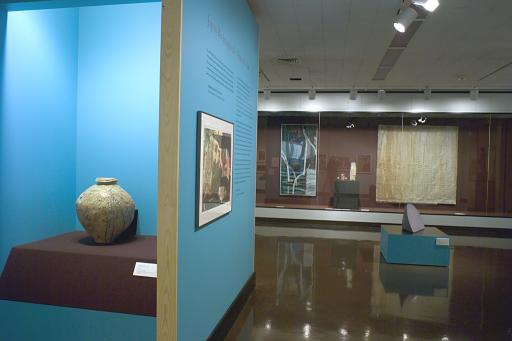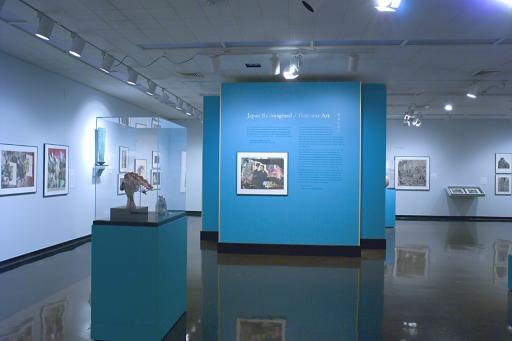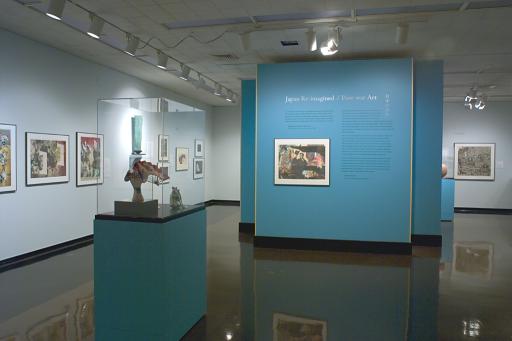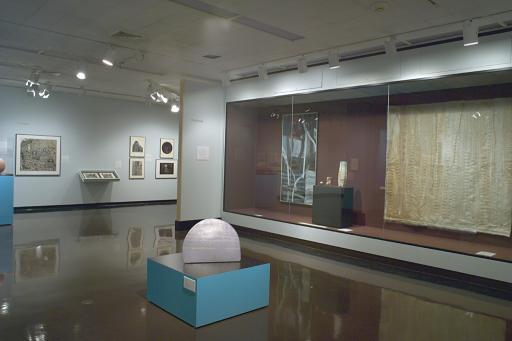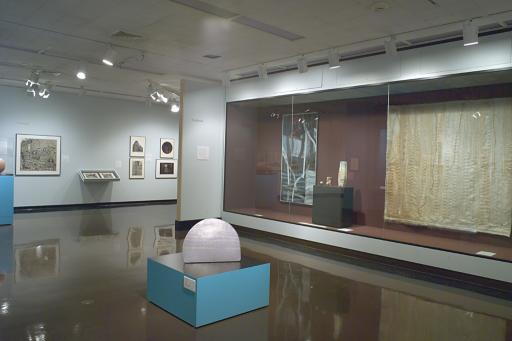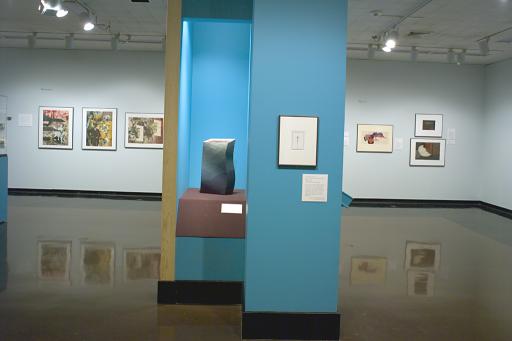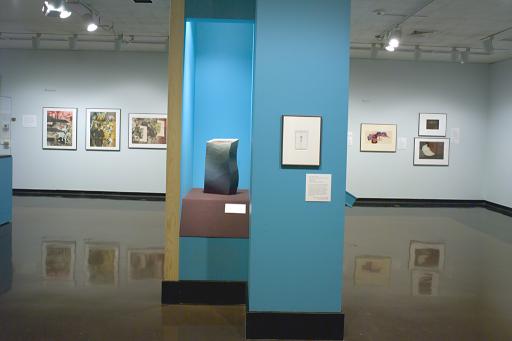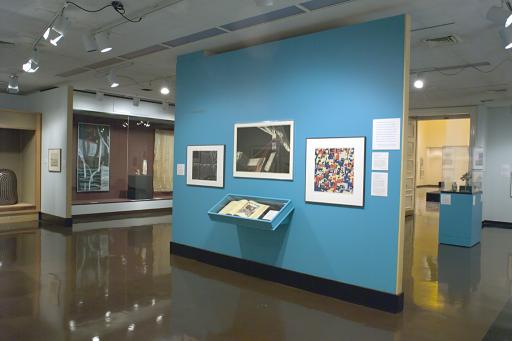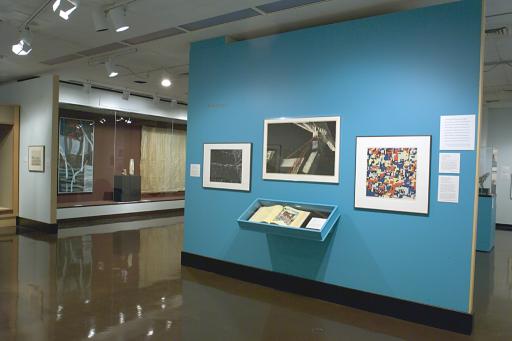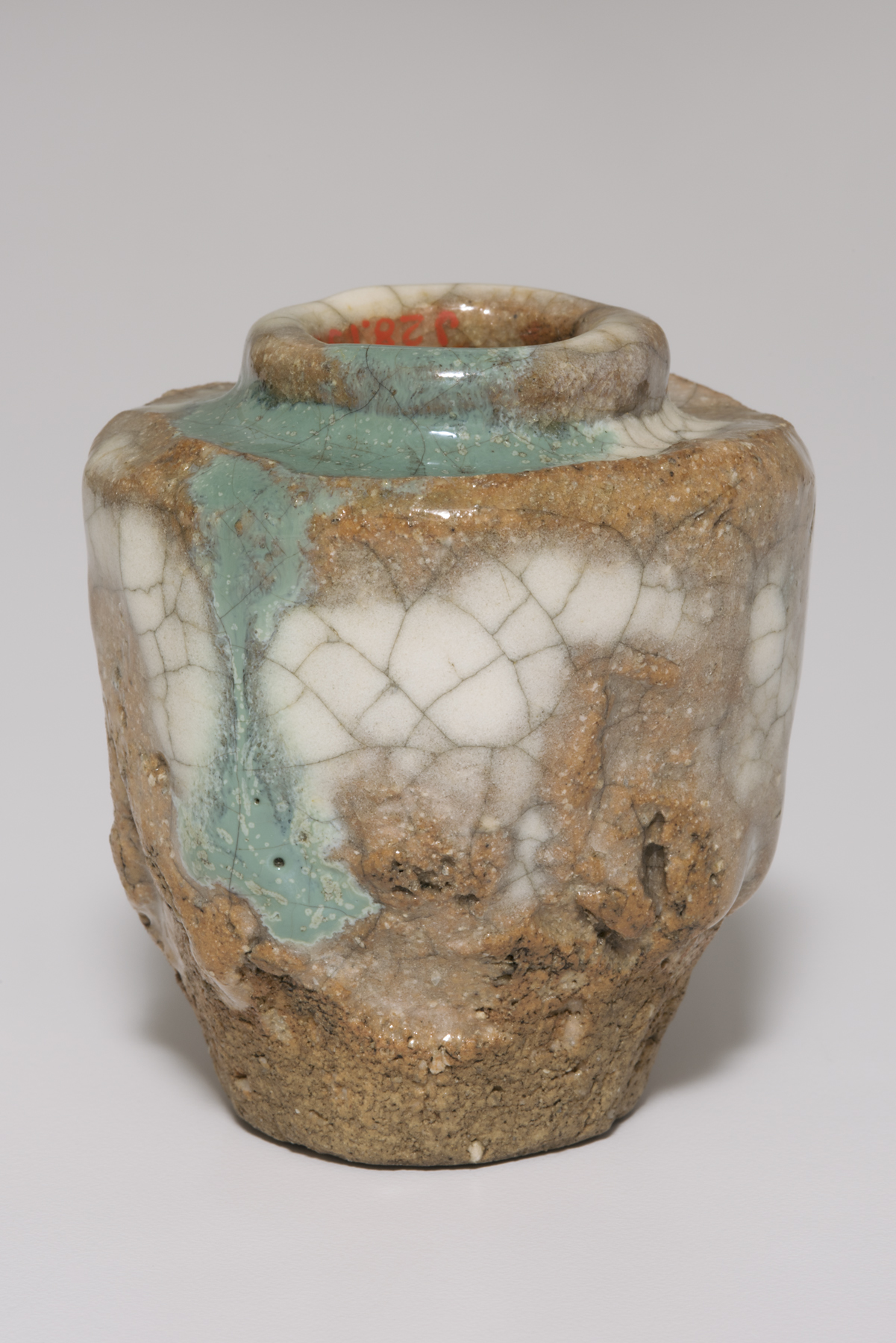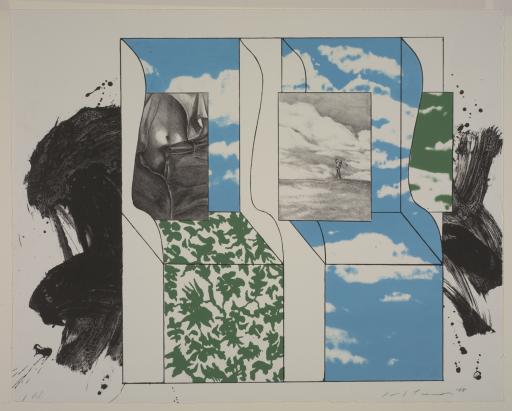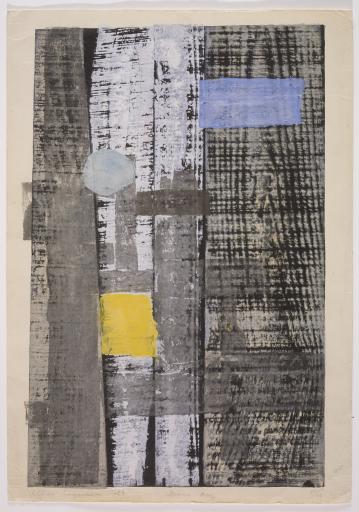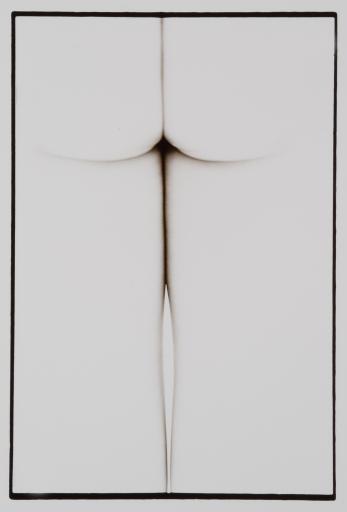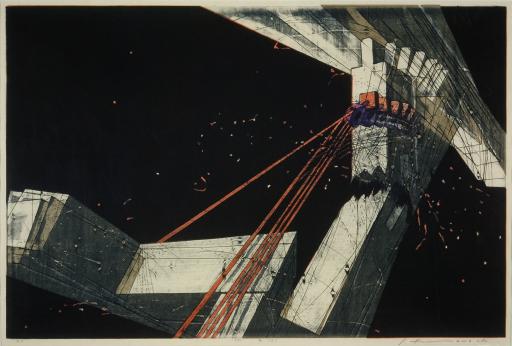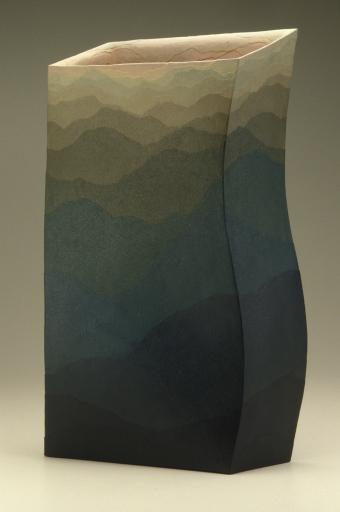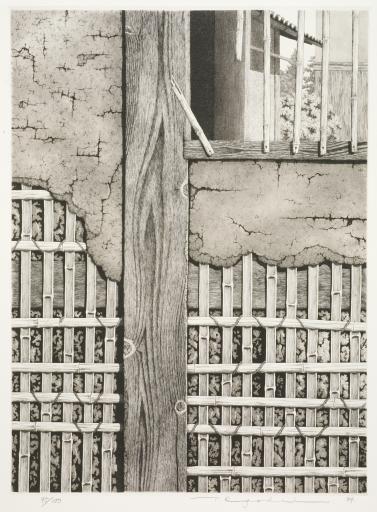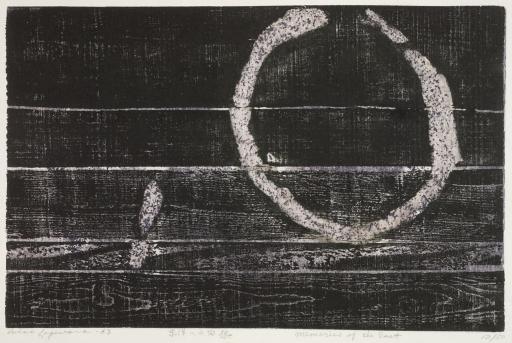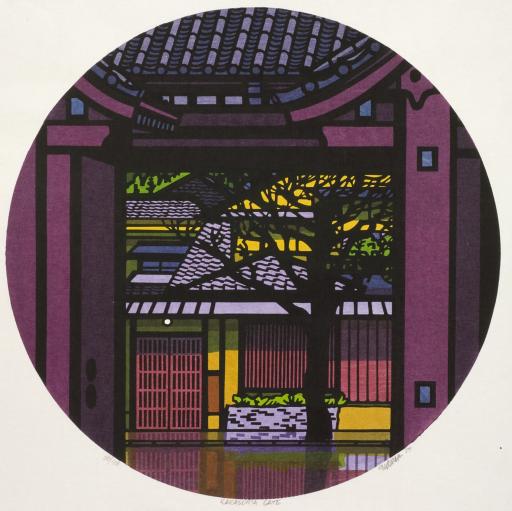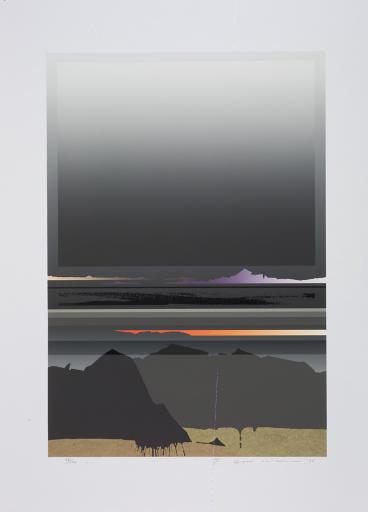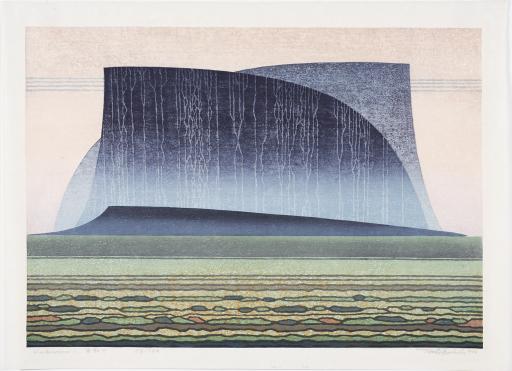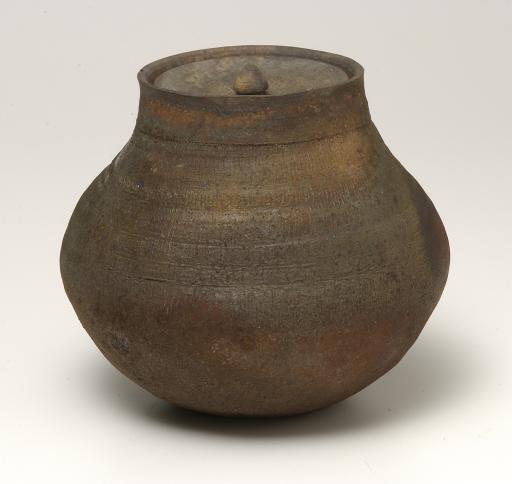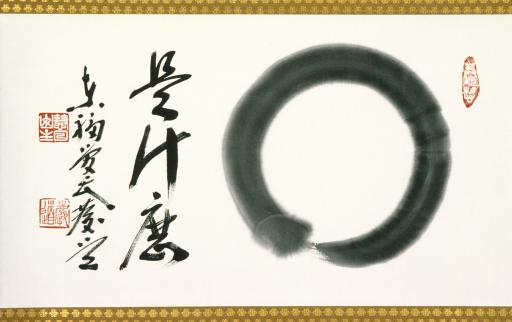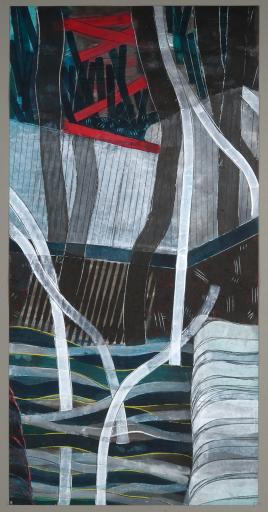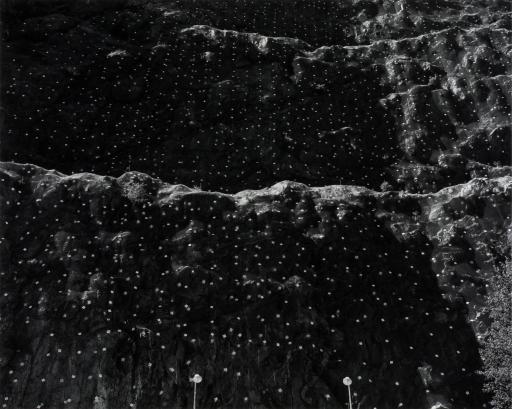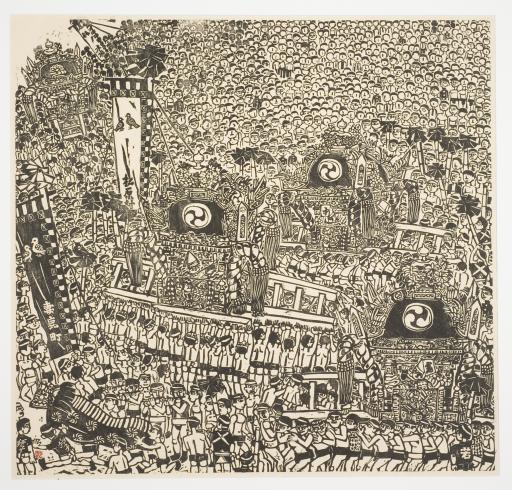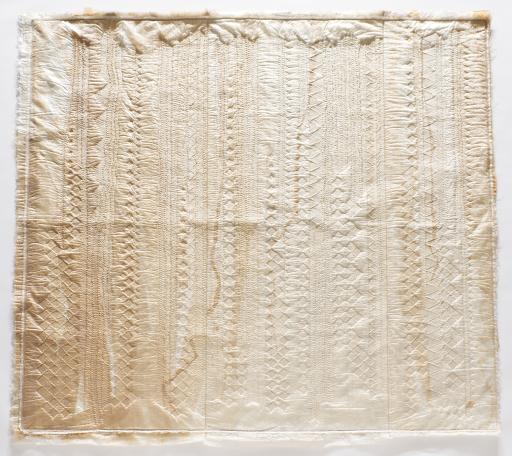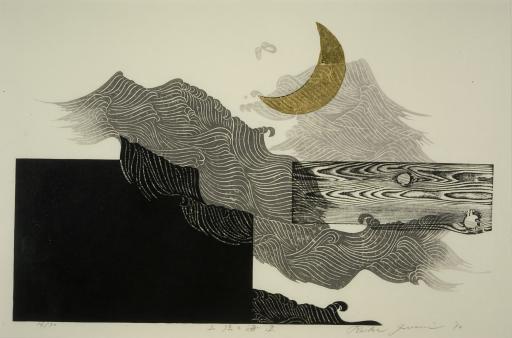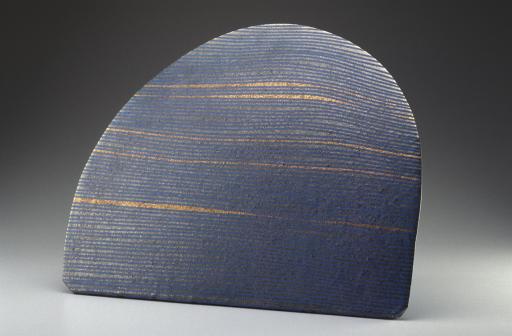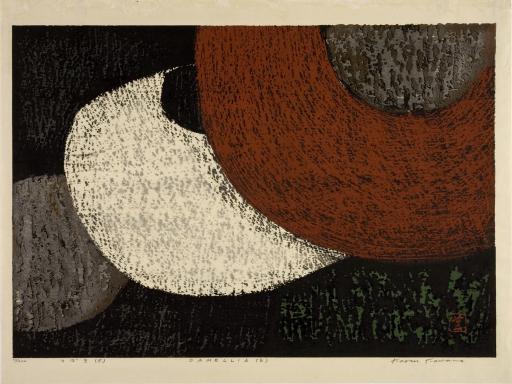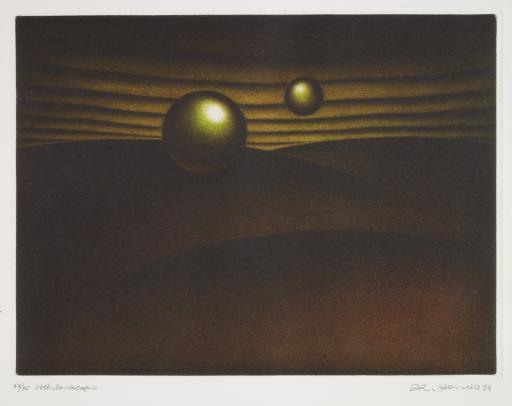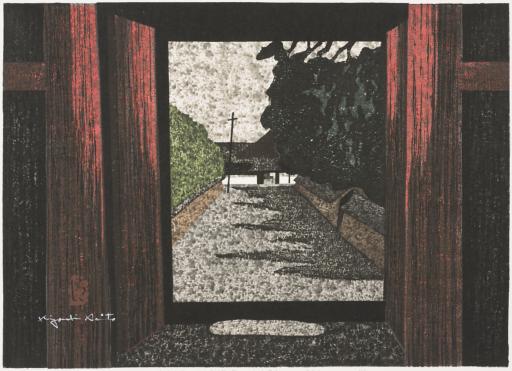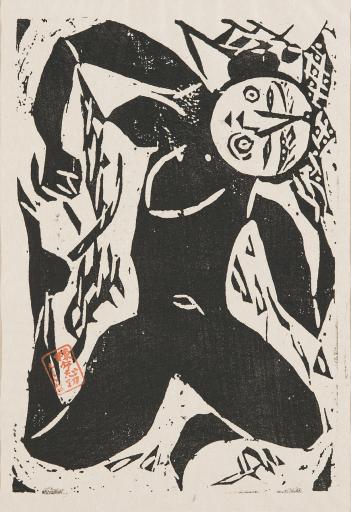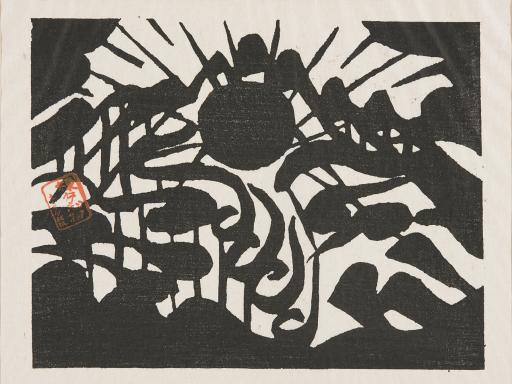Japan Re-imagined/Post-war Art
Exhibition Overview

Many artists in the wake of the postwar years turned to a profound examination of Japanese history, tradition and society as both a means for self-critique and cultural regeneration. This process of “re-imagining” Japan during the postwar period took on many forms. Some artists sought to celebrate the “Japanese spirit,” depicting it in fresh, contemporary idioms as a way of granting it universal appeal. For others remembering the past was part of a critical investigation of Japanese society. New developments in the international art scene like Pop and conceptualism offered other Japanese artists a fresh perspective for approaching their society through art. Presenting many never-before exhibited prints and ceramics from the Spencer’s permanent collection, Japan Re-imagined/Post-war Art explores the multiple ways in which Japanese artists during the later half of the twentieth century negotiated issues like culture, memory, time and space.
This exhibition is organized by Kris Ercums, Asian art curator, in conjunction with the exhibition Resounding Spirit: Japanese Contemporary Art of the 1960s.
